Pita bread / Arabic Bread or Lebanese bread, as some call it, plays a significant role in Lebanon and Middle East. A daily ritual and no meal is complete without it; it is eaten to scoop everything up with, a perfect accompaniment to almost all Lebanese and Middle Eastern food.
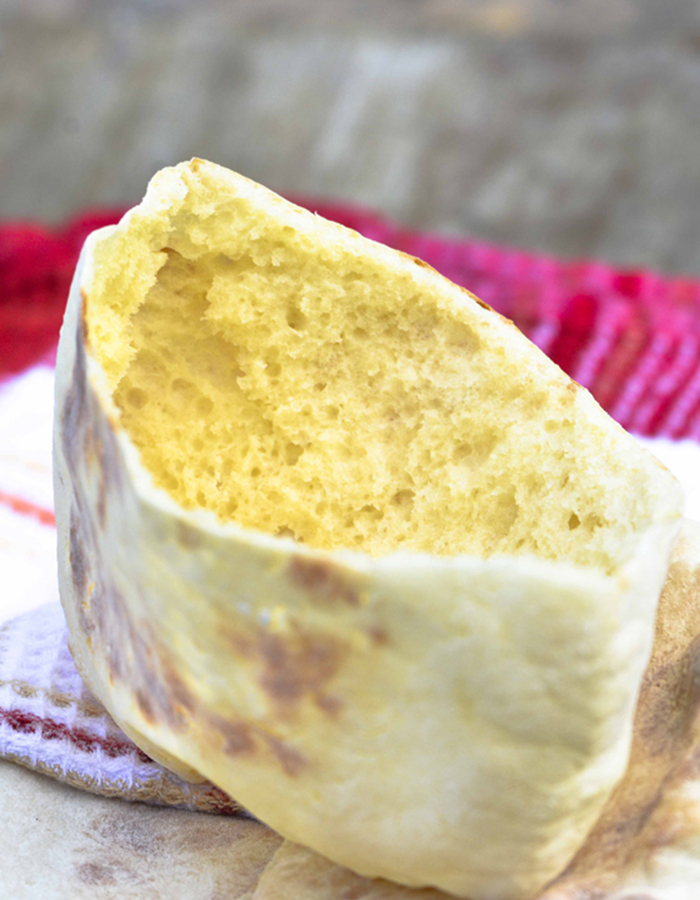
Most people think that Lebanese bread/Arabic bread, khebez as we call in in Arabic, is hard to emulate at home, but this recipe will completely change that thought. Fortunately, it is surprisingly easier than you might imagine and no special bread baking skills are involved. The recipe is straightforward and takes less than 1 hour from start to finish. The dough takes 30 minutes to rise and 5-8 minutes to bake. Making bread by hand is really therapeutic and gives you a sense of achievement.

To make the dough: Sift the flour and add salt. In a large bowl, mix the active dry yeast, sugar and ¼ cup of lukewarm water (save the rest of water for kneading), let it sit for 5-8 minutes, or until yeast becomes frothy. Add the flour to the dissolved yeast, and slowly add the remaining water. Knead the dough with your hands or a stand mixer, (I prefer the hand method) until you have malleable dough of one texture. Add a small amount of flour, as needed, to keep the dough from sticking to your hands. Knead and beat the dough for further 5 more minutes (the dough has to be kneaded and kneaded well; it has to be considerably wet but definitely dryer than a batter). For better results, slam the dough a couple of times as seen in the video. This will help the gluten to develop and the texture will become fluffier. Transfer the dough to a clean bowl, cover with a kitchen towel and let it sit for 20-25 minutes to double in size.
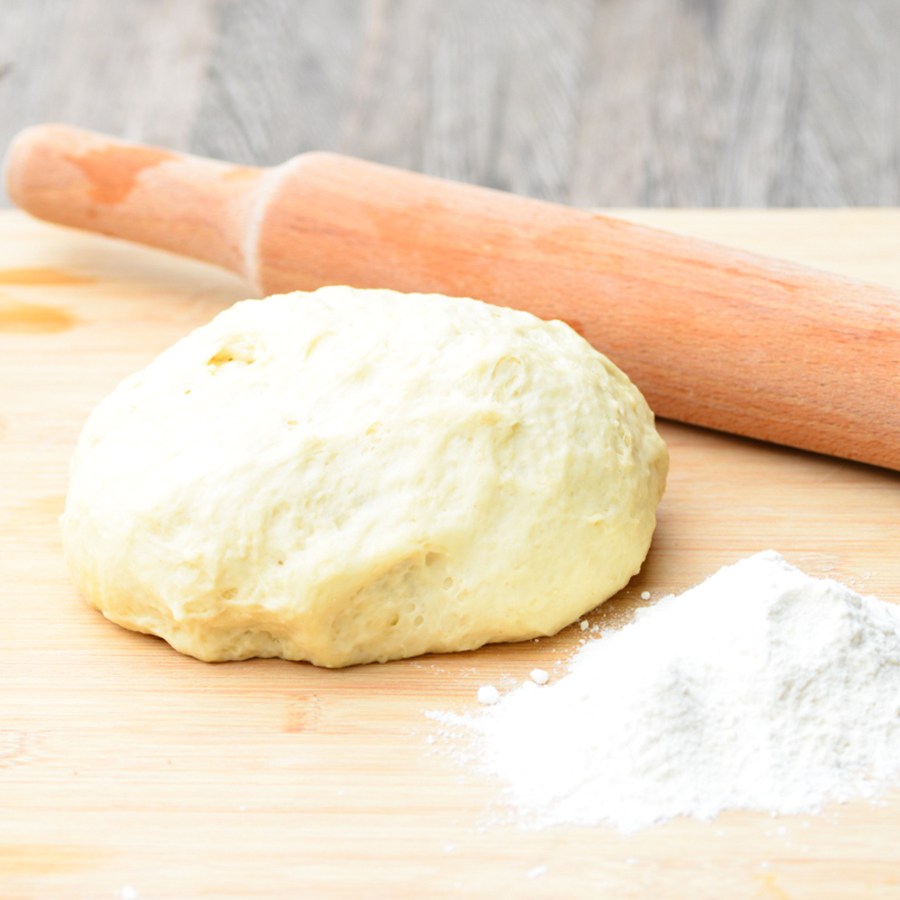
When the dough has doubled in size, sprinkle some flour on a countertop and knock it back; divide it into 8 even-sized portions and gather each into a ball. Cover with a kitchen towel, and set aside to rest for 15 minutes.

On a floured countertop, stretch each ball, using a rolling pin, into a circle about 8 inches/ 20 cm in diameter and a bit less than ¼ inch thick. Make sure to roll it into a pretty circle with no incisions or torn dough to keep from creating a weak point that may prevent the pita from puffing up.

Preheat the sheet pan before lining it with parchment paper and delicately transfer one dough round at a time onto the parchment lined sheet pan. Bake about 6- 8 minutes, until the dough is puffed up and baked to pale golden; they bake very fast. Happy eating!!
In Lebanon and the Middle East, no one makes pita bread at home, as they can be picked up daily fresh from any neighborhood bakery, but I believe that every person should bake pita bread at least once in a life time. The process is absolutely fascinating and it is fun to see the bread puffing up in your oven and blowing like a balloon – watch the video!
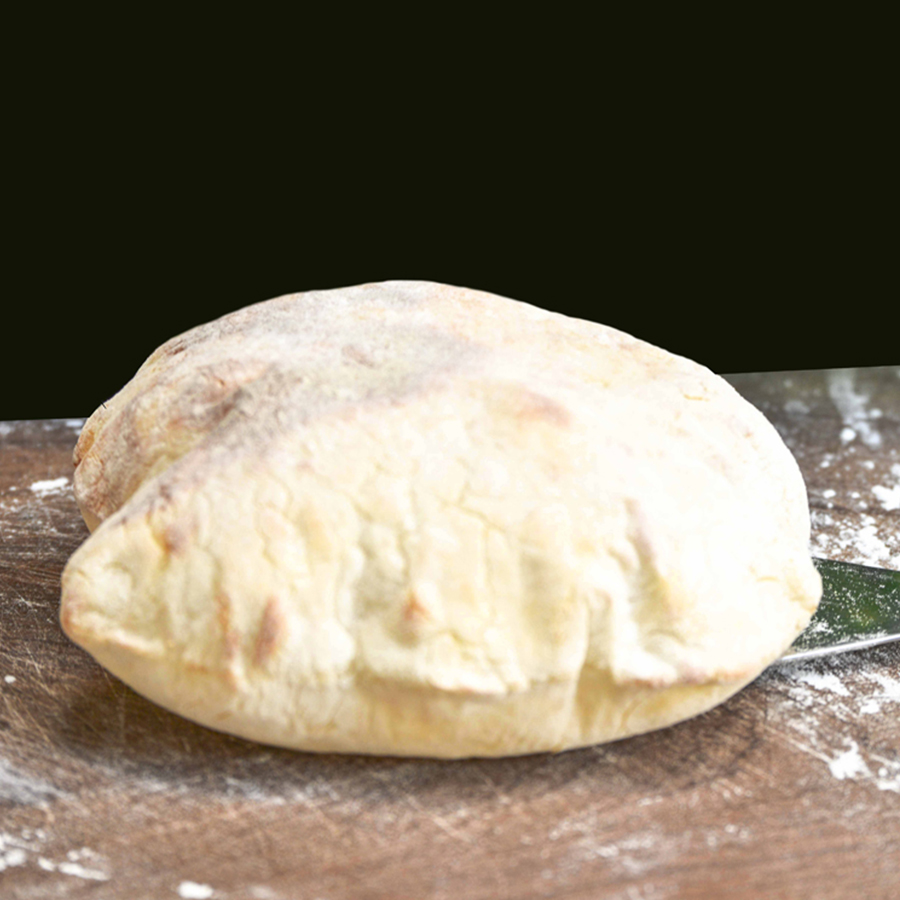
The seductive smell of the freshly baked pita bread will attract the pickiest eater on earth!. This is simple to make and you will feel like a pro as the bread puffs up in your oven!
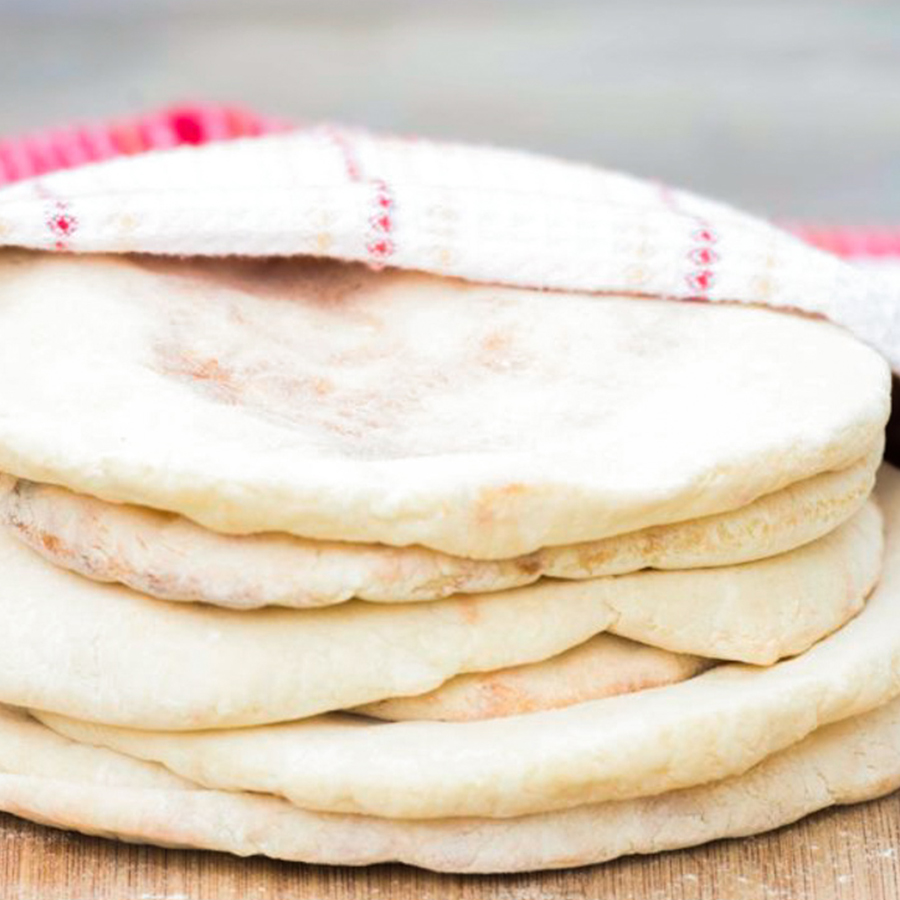
Like all yeasted bread, pita needs to be baked at a high temperature. The warmer the temperature the more active the yeast will be and the more the bread will puff up while baking and the pocket will be created by steam ; they will soon deflate when removed from the oven and cooled down. They also can be split easily and stuffed and rolled as sandwiches, or simply break up small pieces to scoop it up with Lebanese and Middle Eastern dishes with, like hummus, labneh, Lebanese stews and dips, or whatever your heart desire. Watch the video to see how fun and easy it is to make pita bread.

Serve it hot and puffy – nothing beats fresh pita right from the oven!
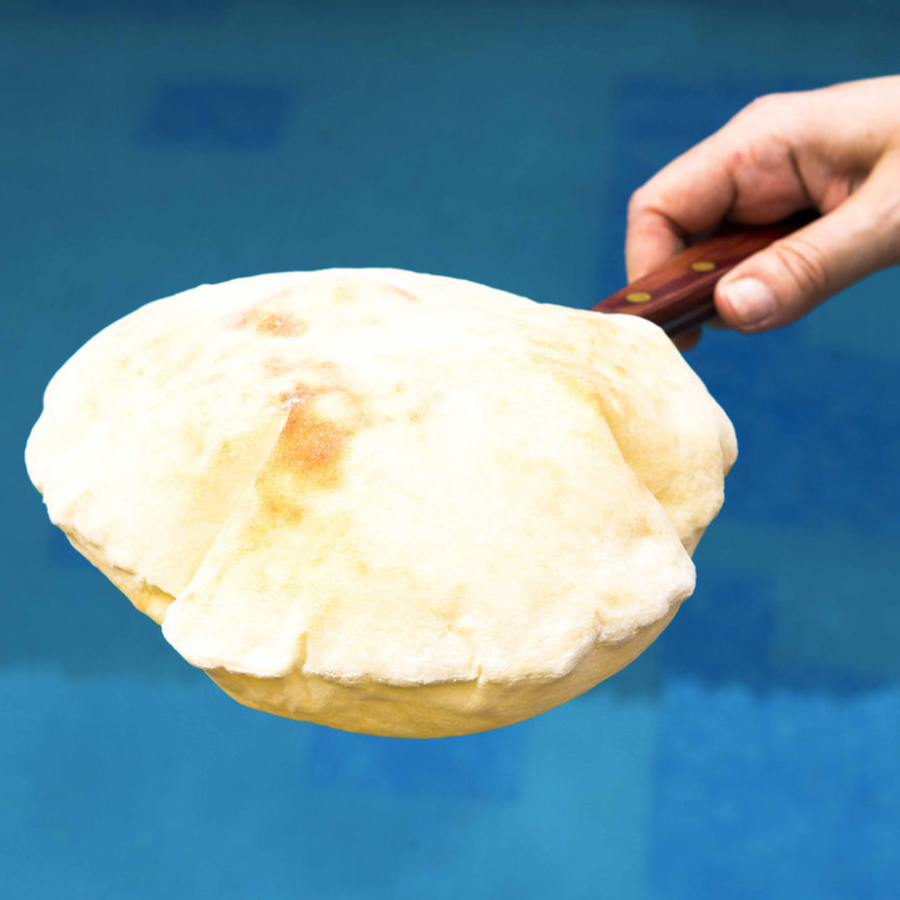
Allow the bread loaves to cool completely then store covered for two days or freeze for 1 month.
Some tips to consider while making pita bread, for optimal results:
- Make sure to check the expiration date on the packet of the active dry yeast to ensure that it is active enough to use.
- I so advice to proof the yeast; proofing the yeast will help you ensure your yeast is alive. If the mixture foams then that is a sign you are on the right track.
- Never use hot water to proof or knead the dough, water should be slightly warmer than room temperature. Hot water can kill the yeast at this stage, which means your dough won’t rise.
- The dough needs to be kneaded well before rising; I would slam the dough a couple of times as seen in the video, yeasts like kneading! It helps in the developing of gluten.
- While stretching the dough, make sure to roll it into a circle with no incisions or torn dough to keep from creating a weak point that may prevent the pita from puffing up.
- Like all yeasted bread, pita needs to be baked at high temperature, the warmer the temperature the more active the yeast will be and the more the pita will puff up while baking and the pocket will be created by steam.
- Cover the pita bread with a clean kitchen towel while they are still warm to keep them soft.
- Allow the bread loaves to cool completely then store covered for two days or freeze for 1 month.
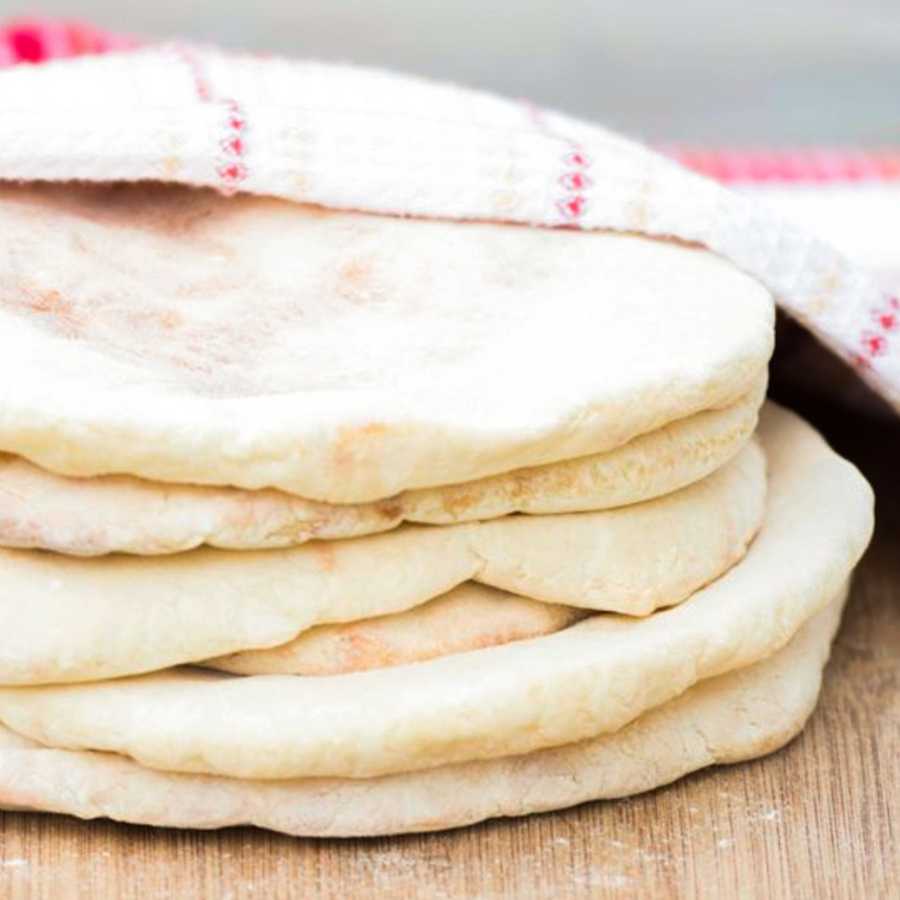
Pita Bread / Arabic Bread
Description
Ingredients
- 3 1/2 cups all-purpose flour
- 1 1/2 tablespoons active dry yeast
- 2 tablespoons sugar
- 2 teaspoons salt
- 1 ½ cups warm water
Instructions
- In a bowl, sift the flour and add salt.
- In a large bowl, mix the active dry yeast, sugar and ¼ cup of lukewarm water (save the rest of water for kneading), let it sit for 5-8 minutes, or until yeast becomes frothy.
- Add the flour to the dissolved yeast, and slowly add the remaining water.
- Knead the dough with your hands or a stand mixer, (I prefer the hand method) until you have malleable dough of one texture. Add a small amount of flour, as needed, to keep the dough from sticking to your hands. Knead and beat the dough for further 5 more minutes (the dough has to be kneaded and kneaded well; it has to be considerably wet but definitely dryer than a batter). For better results, slam the dough a couple of times as seen in the video. This will help the gluten to develop and the texture will become fluffier.
- Transfer the dough to a clean bowl, cover with a kitchen towel and let it sit for 20-25 minutes to double in size.
- Preheat the oven to 230 °C /450°F.
- When the dough has doubled in size, sprinkle some flour on a countertop and knock it back; divide it into 8 even-sized portions and gather each into a ball. Cover with a kitchen towel, and set aside to rest for 15 minutes.
- On a floured countertop, stretch each ball, using a rolling pin, into a circle about 8 inches/ 20 cm in diameter and a bit less than ¼ inch thick. Make sure to roll it into a pretty circle with no incisions or torn dough to keep from creating a weak point that may prevent the pita from puffing up.
- Preheat the sheet pan before lining it with parchment paper and delicately transfer one dough round at a time onto the parchment lined sheet pan.
- Bake about 6- 8 minutes, until the dough is puffed up and baked to pale golden; they bake very fast. Happy eating!!
Video
Notes



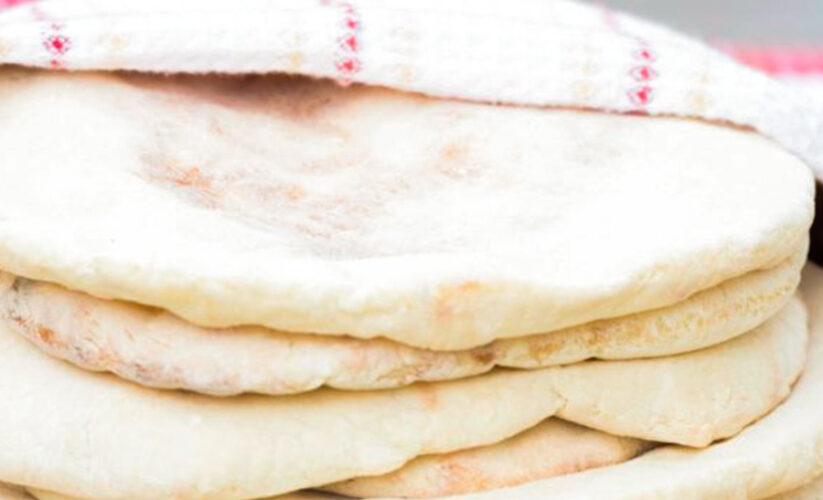

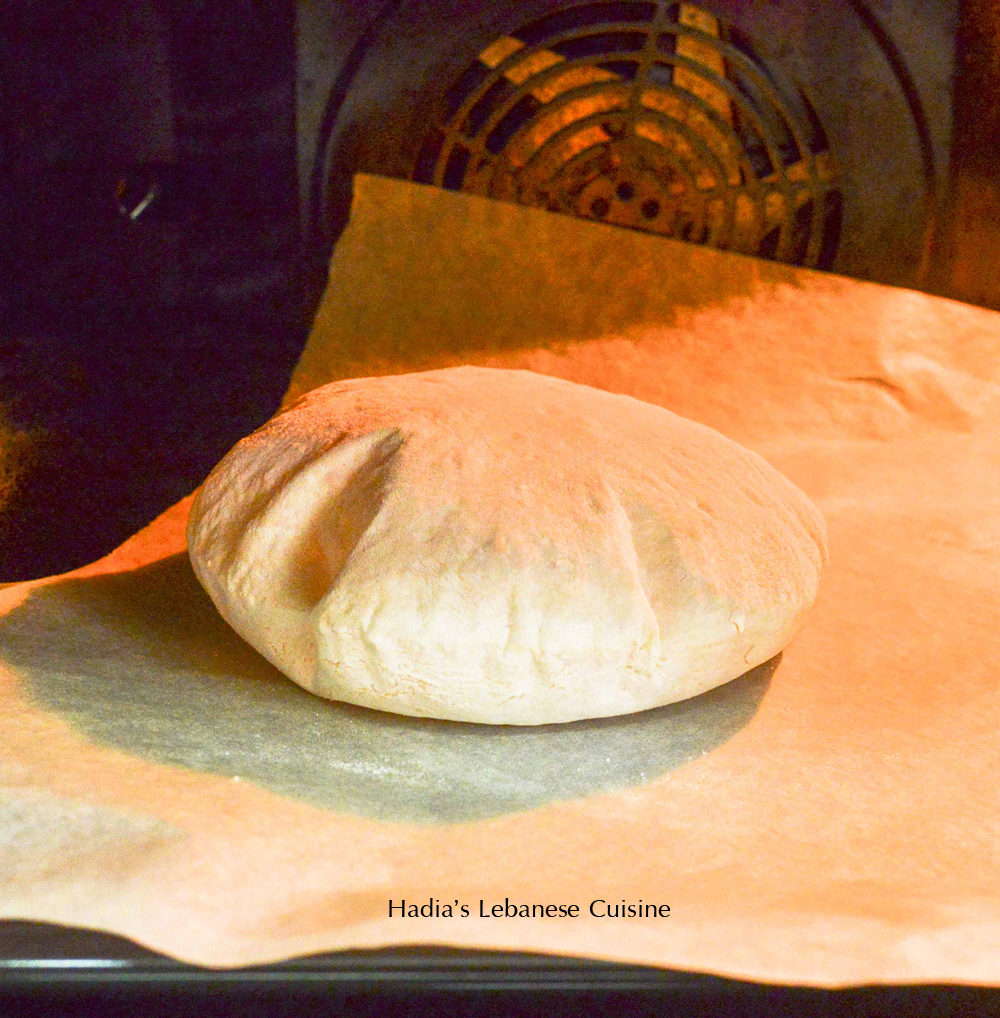
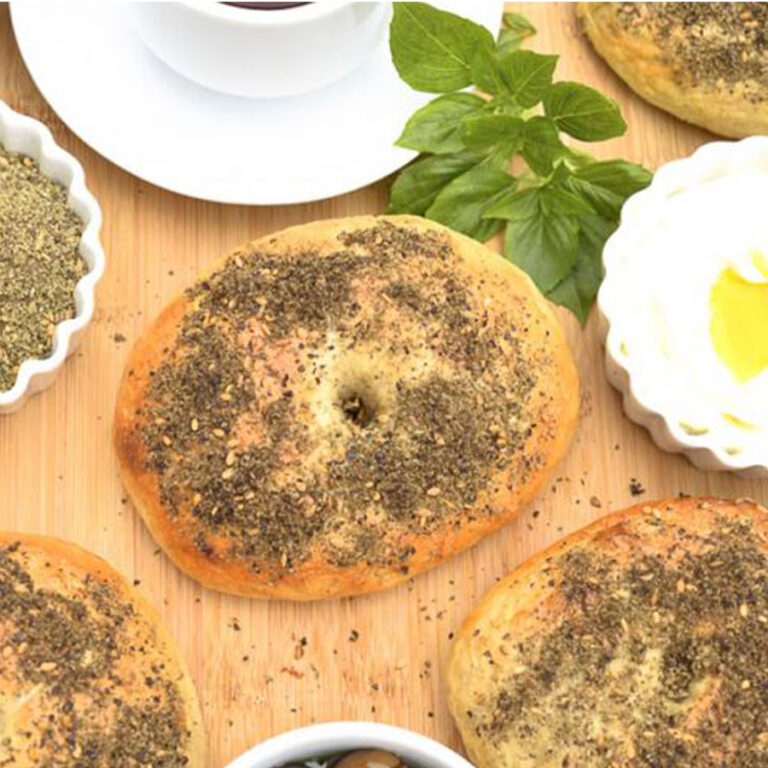
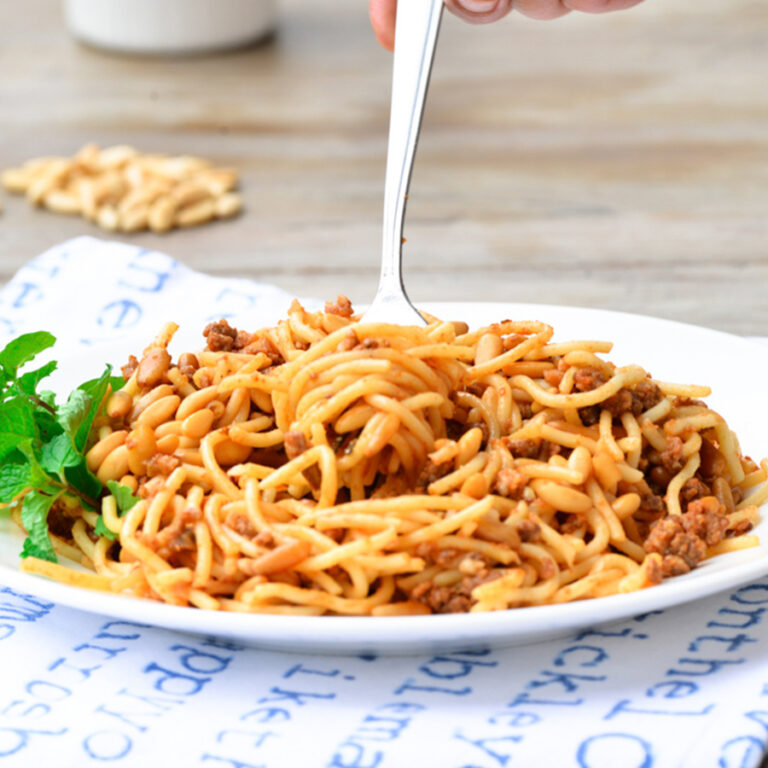
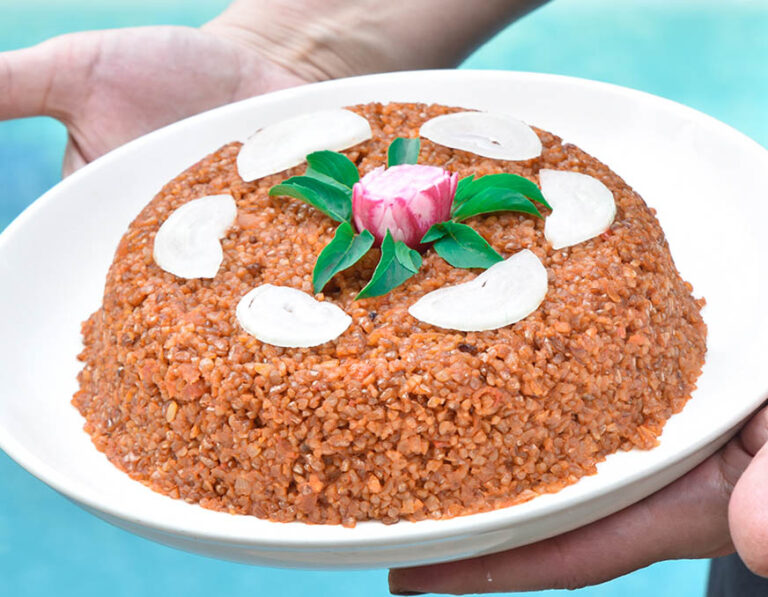
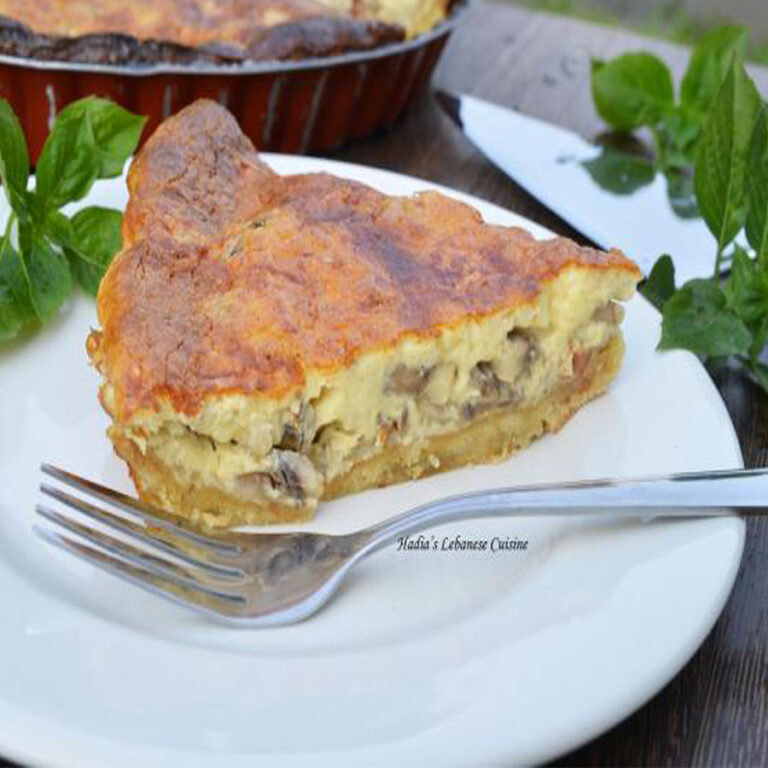


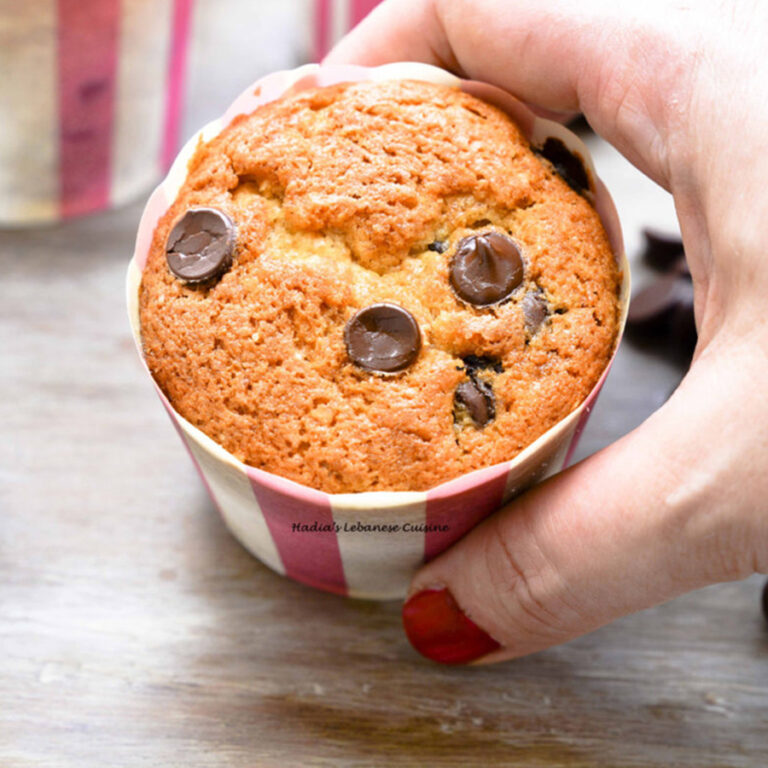

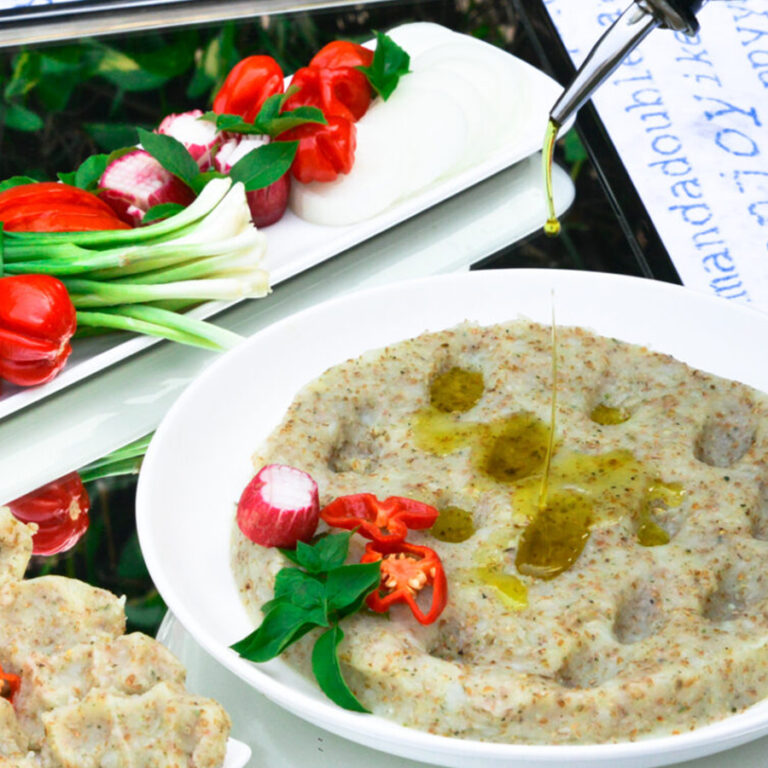



















18 Comments
The pita at our markets is awful—your homemade version looks SO much better! Looking forward to baking up a batch!
I don’t do well with yeast, but I love pita bread, eat it regularly. I think I may just need to give yeast a try again.
Thanks for the recipe. It is one of my favorite flat breads!
I grew up on homemade pita bread. Store bought is not even bread! I am so looking forward to trying yours!!
You are so so right, Hadia, everyone should bake pita bread at least once in their lifetime. And, even though it’s on every corner in the Morocco and other places, there’s nothing better than pulling it out of your oven. Sharing this on FB, luv!
Now this is pita bread! The stuff in the packages really isn’t! It is easy to make and I’m so glad you showed us!
We absolutely love pita, but I’ve never made my own before! That’s going to change soon… Your recipe looks amazing!
This looks amazing!
THIS looks so good!